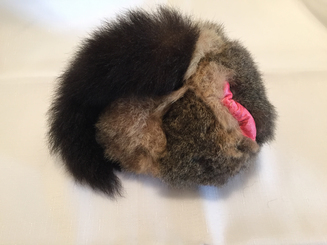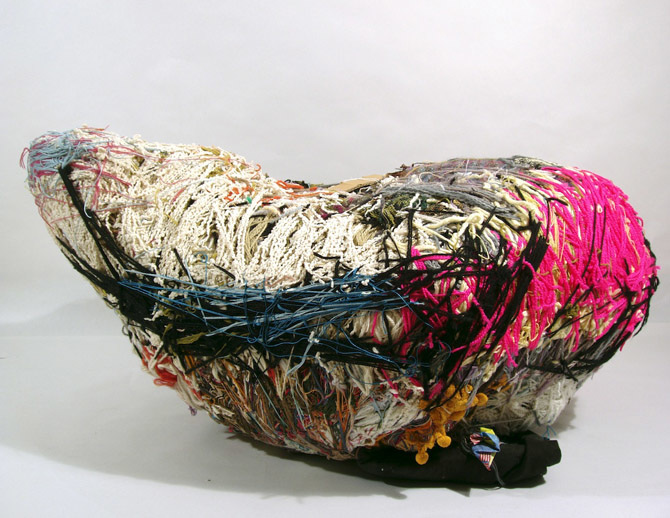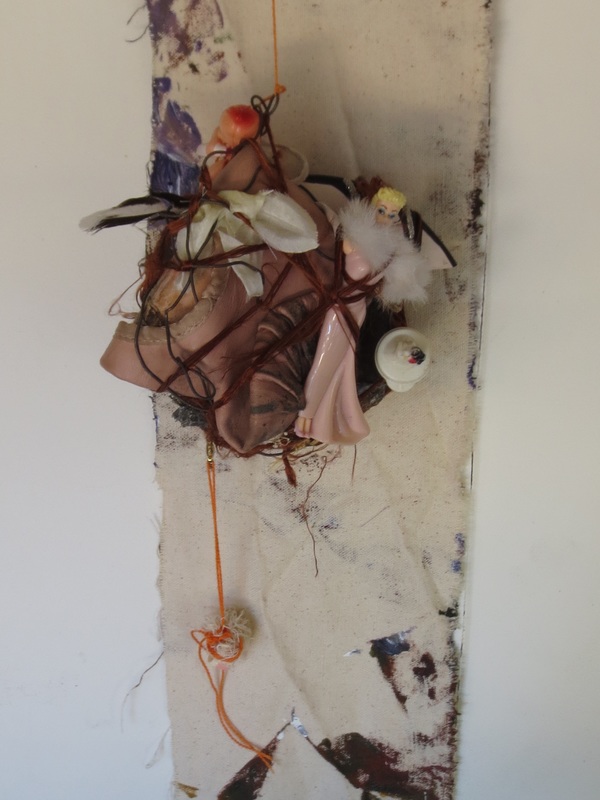object experimentation, with childhood mementos: food for thought, in words, of late: "I think that the rationalization of the vision of things rooted in the work of art is like the demasking of actors. It is the end of the game, it is the impoverishment of the question of the work. Not because art is an anagram with a hidden key [and] philosophy is this same anagram--solved. The difference is more profound. In the work of art the umbilical cord is not yet cut that joins it to the whole of the problem. The blood of the mystery is still circulating; the ends of the vessels escape into the surrounding night and return full of dark fluid. In a philosophical interpretation we now have only extracted an anatomical specimen for an entire problem." -Bruno Schulz "The road had disappeared, but it remained in the souls of painters in the form of an inextinguishable desire 'to go forward'. But where is 'forward' when there is no longer any road? In which direction is one to look for the lost 'forward'? And so the desire to go forward became the painters' neurosis; each set out in a different direction and yet their tracks criss-crossed each other like a crowd milling around in the same city square... He once visited New York's Museum of Modern Art. On the first floor he saw Matisse, Braque, Picasso, Miró, Dalí and Ernst, and he was happy. The brushstrokes on the canvas expressed wild relish. Reality was being magnificently violated like a woman raped by a faun, or it battled with the painter like a bull with a toreador. But on the next floor, reserved for contemporary paintings, he found himself in a desert: no trace of dashing brushstrokes on canvas; no trace of relish; both bull and toreador had disappeared; the paintings had expelled reality altogether, or else they imitated it with cynical, obtuse literalness. Between the two floors flowed the river Lethe, the river of death and forgetting." -Milan Kundera, Immortality
1 Comment
6/28/2021 04:36:42 am
I see every gift as a great one. I am not like most people who sees the value of a gift through their price. I am a person who loves to use gifts as a means to deliver a message. It is not like I do not have the money to give an expensive gift, I just like the idea of giving one that has meaning instead of just a price tag. I hope that people learn that this is better.
Reply
Leave a Reply. |
NEWSrecent work/ upcoming events/
all the good stuff Archives
August 2016
Categories |



 RSS Feed
RSS Feed